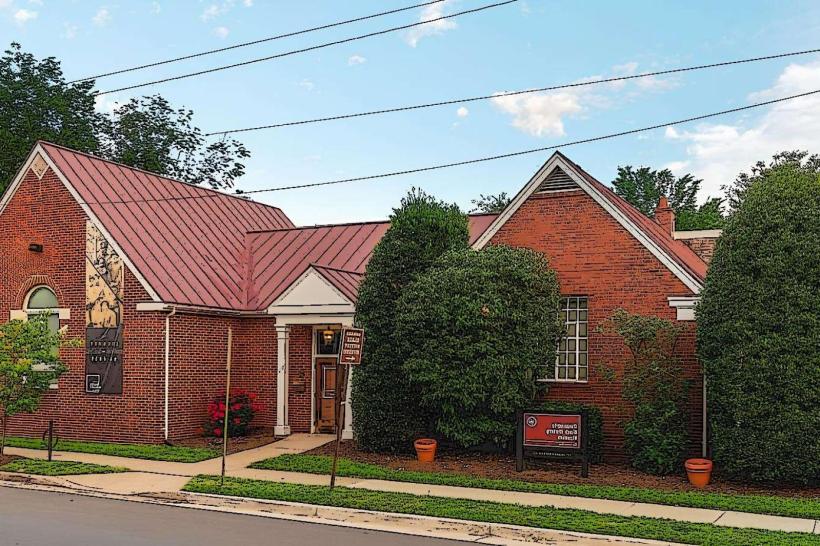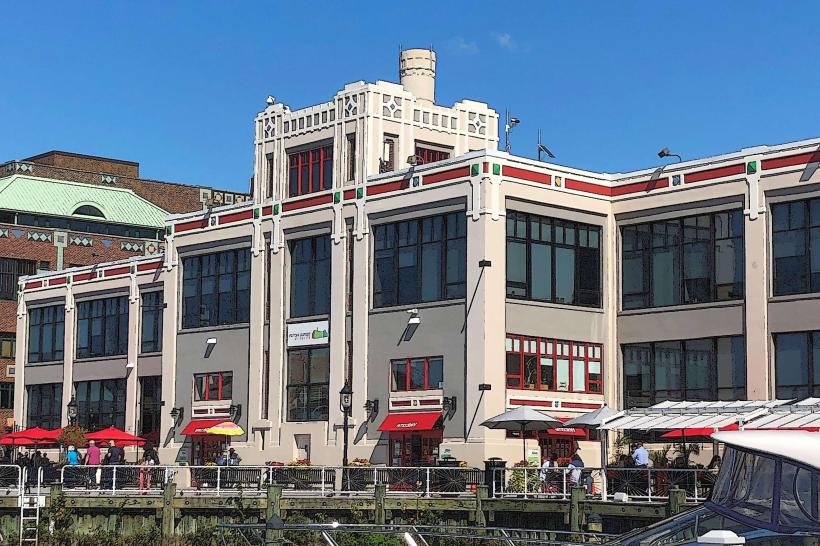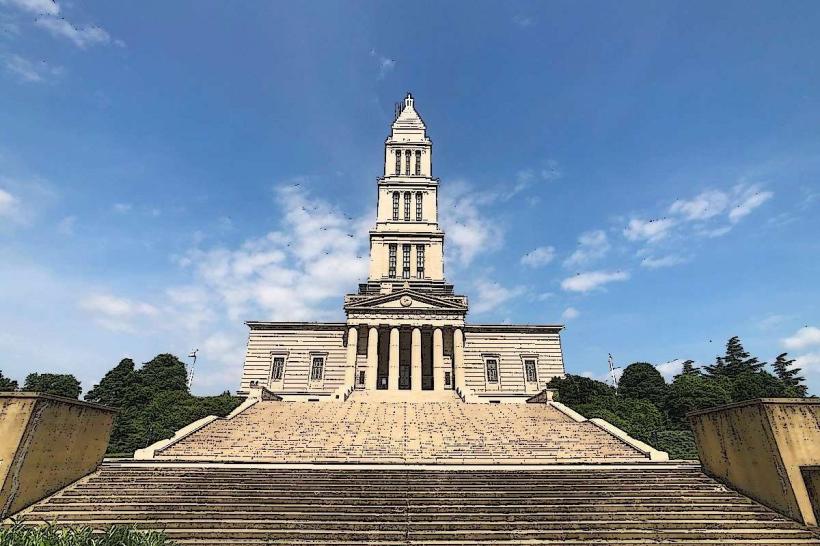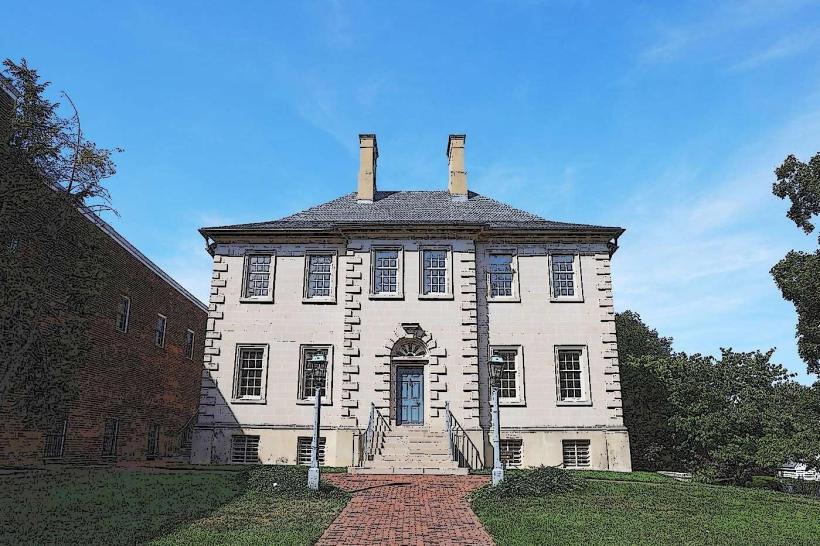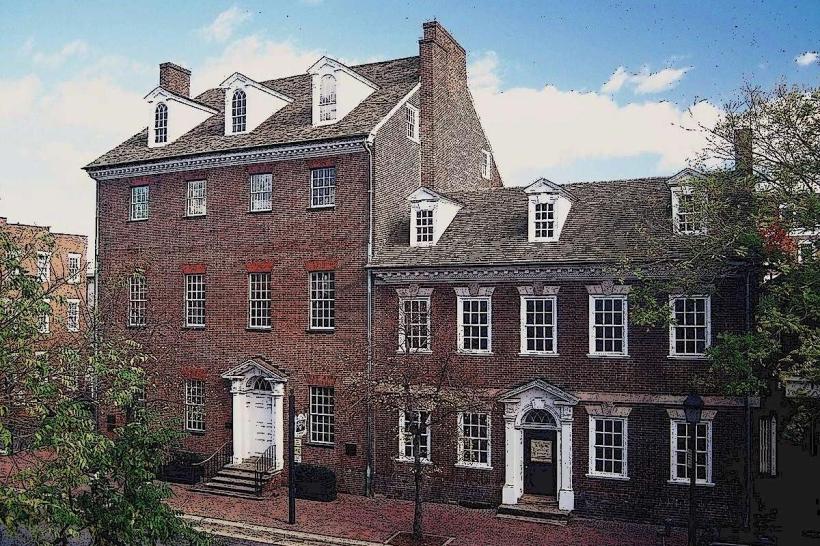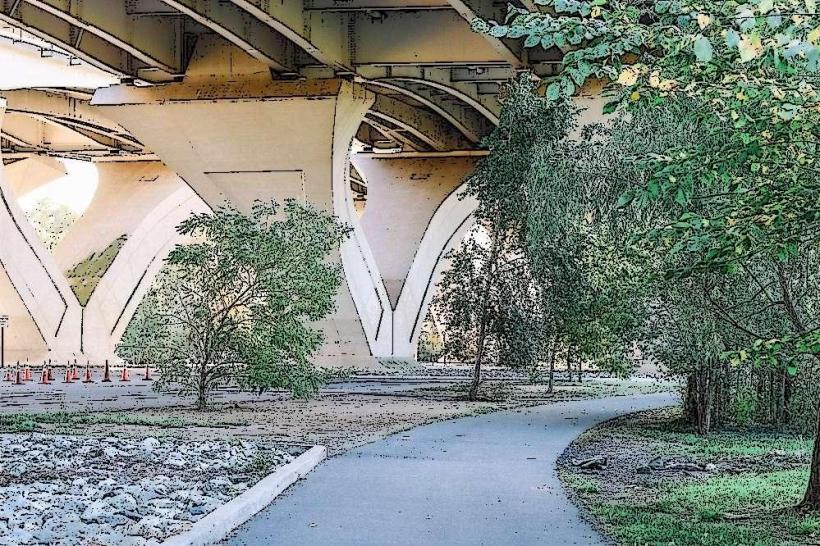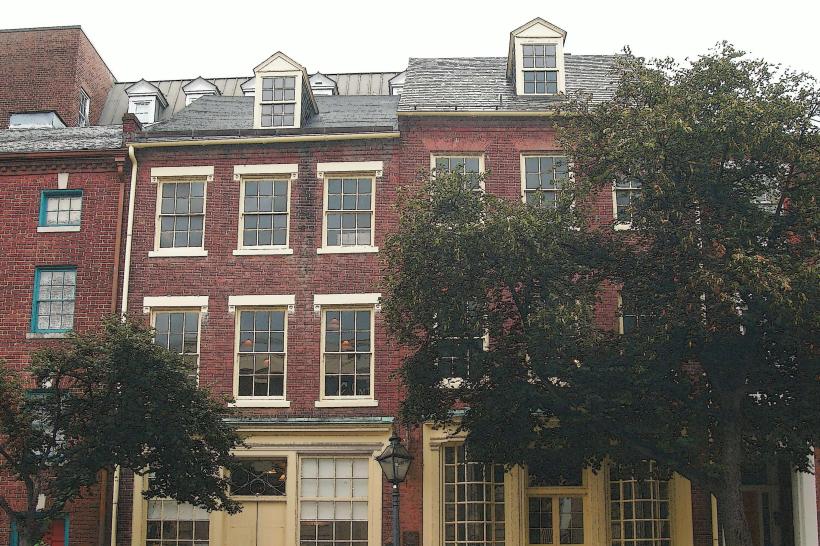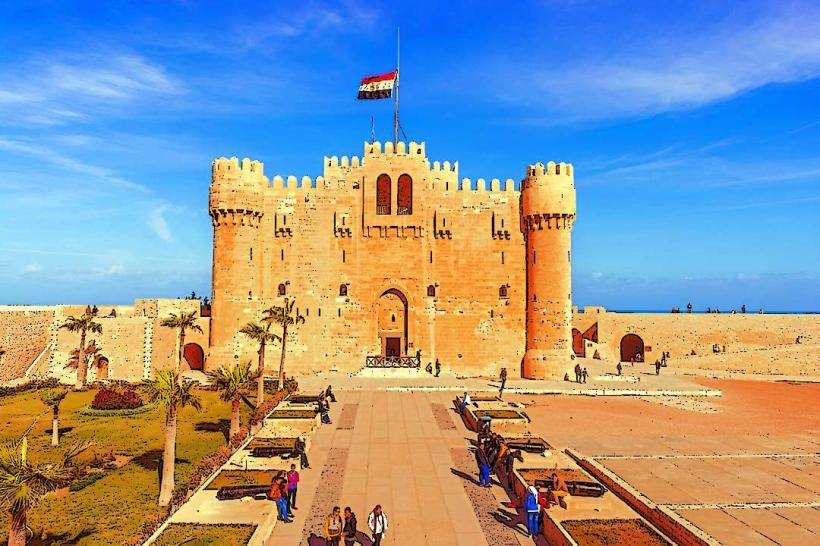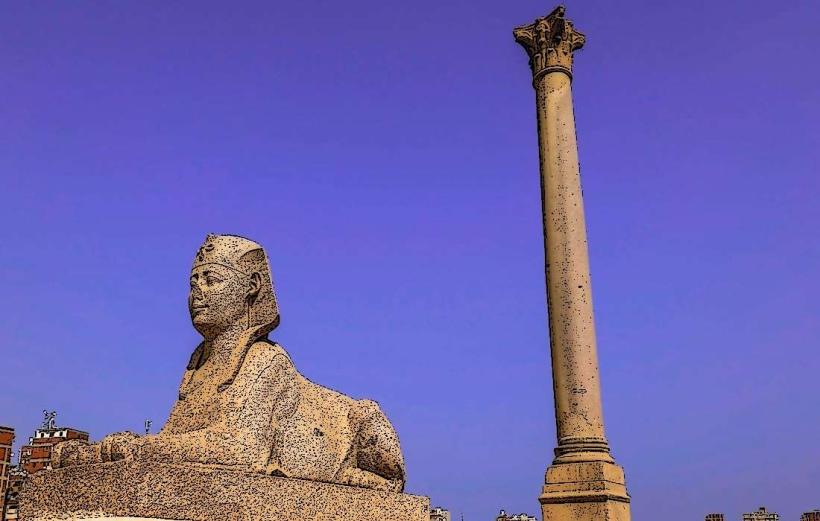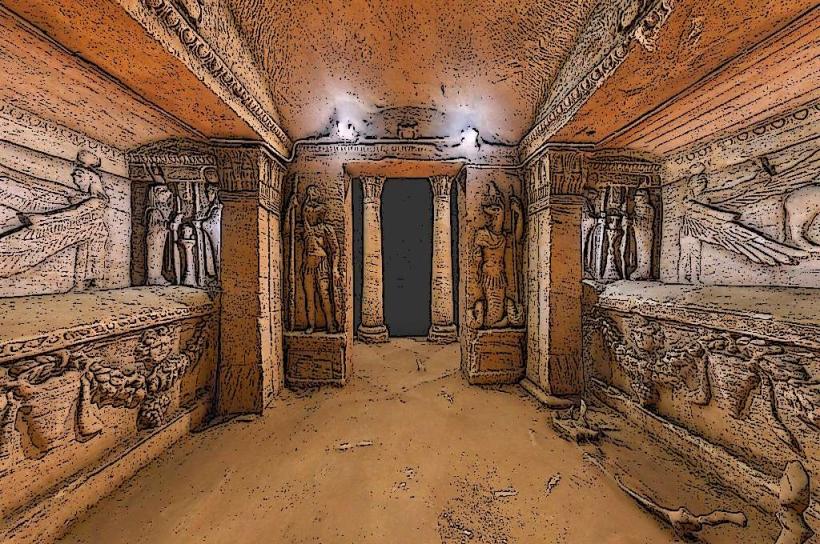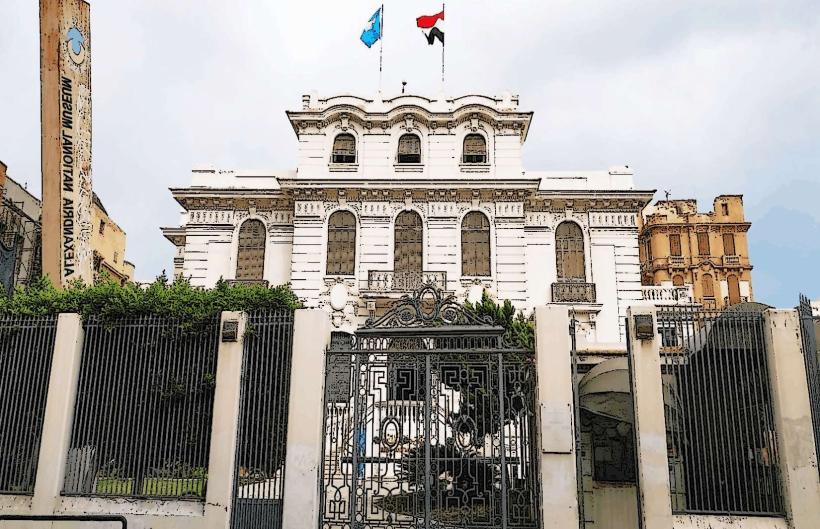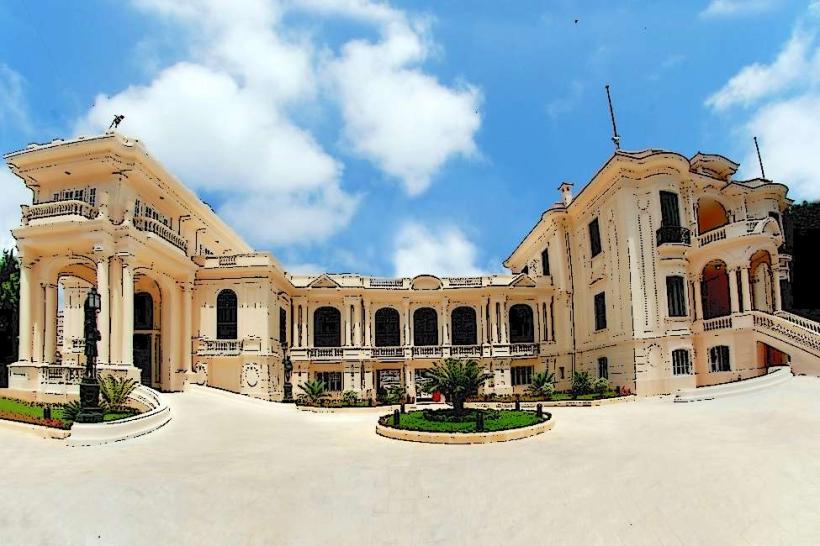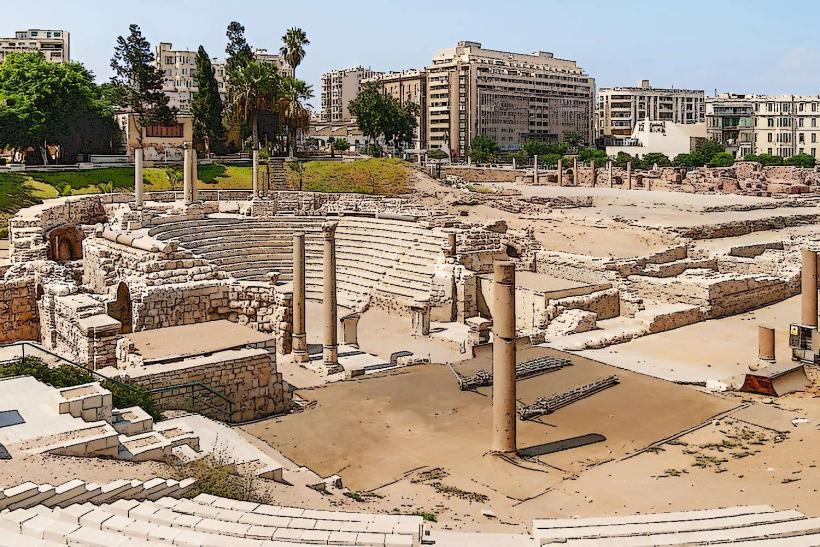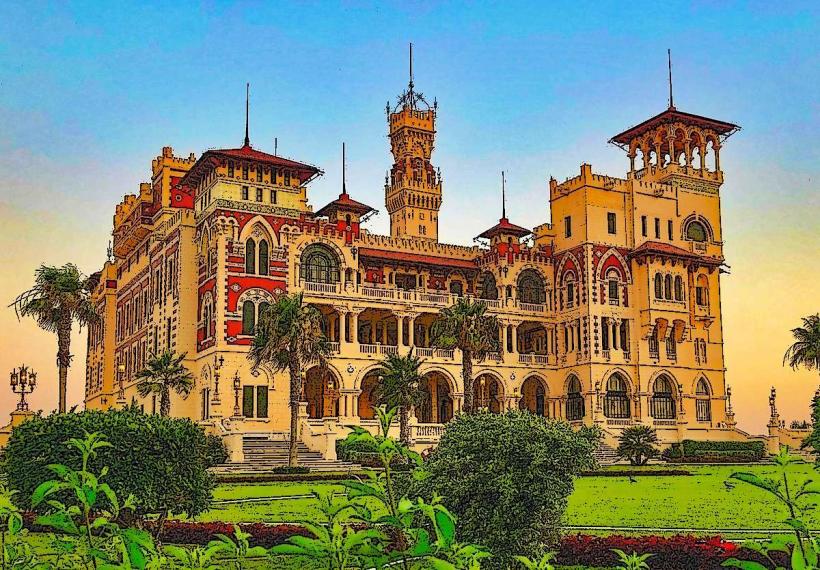Information
Landmark: Fort Ward Museum & Historic SiteCity: Alexandria
Country: USA Virginia
Continent: North America
Fort Ward Museum & Historic Site, Alexandria, USA Virginia, North America
Historical Significance and Background
Fort Ward Museum & Historic Site is located in Alexandria, Virginia, and represents one of the most important Civil War-era fortifications built to protect Washington, D.C. Constructed in 1861 as part of a ring of defensive forts around the capital, Fort Ward was named in honor of Commander James Harmon Ward, the first Union naval officer killed during the Civil War. Its establishment was a direct response to the urgent need to defend the nation’s capital from Confederate attack during the early months of the conflict.
Fort Ward was strategically positioned on the western approaches to Washington, guarding critical transportation routes and providing an artillery stronghold against enemy forces. It was one of 68 forts built around Washington during the war, but today it stands as the best-preserved example among these fortifications. The fort played an integral role in maintaining Union control over the region and safeguarding the federal government.
Fort Structure and Architecture
Fort Ward is notable for its well-preserved earthen fortifications and military engineering characteristic of mid-19th century defensive design. The fort features:
Star-shaped earthworks: The layout includes five bastions or protruding points that allowed for defensive artillery to cover overlapping fields of fire, minimizing blind spots around the perimeter.
Earthen walls and bombproof shelters: Unlike stone or brick forts, Fort Ward’s defenses were primarily made from packed earth reinforced with timber, which effectively absorbed artillery blasts. The bombproof shelters were specially constructed spaces within the fort designed to protect soldiers and ammunition from bombardments.
Restoration efforts: Approximately 90% of the original fort walls remain intact. The Northwest Bastion has been carefully restored to its 1861 condition, complete with replica features such as the original ceremonial entrance gate marked by the insignia of the U.S. Army Corps of Engineers.
Visitors to the site can walk along the ramparts, explore the bombproof shelters, and visualize the fort’s defensive capabilities during the Civil War.
Museum Collections and Exhibits
The Fort Ward Museum is housed in a historic building within the site and holds an extensive collection of artifacts related to the Civil War and the fort’s history. Highlights include:
Artifacts and Weapons: A wide array of Civil War-era objects including artillery shells, muskets, and other military equipment used by Union soldiers stationed at the fort.
The Lewis Cass White Collection: An important assemblage of personal documents, photographs, and memorabilia belonging to Lewis Cass White, a Union officer. This collection provides insight into the personal experiences of soldiers and their involvement in defending Washington.
Unique Items: One of the museum’s rare treasures is a Hale rocket launcher, a Civil War-era weapon used to fire war rockets, with only a few such devices surviving in the United States.
Research Library: The museum also maintains a specialized library with thousands of books, documents, and archival materials on Civil War history, making it a valuable resource for scholars, students, and history enthusiasts.
Educational Programs and Public Events
Fort Ward Museum & Historic Site offers a robust schedule of educational initiatives and public programming designed to engage visitors of all ages in Civil War history:
Living History Reenactments: These events recreate the daily life of soldiers and civilians during the war, featuring authentic clothing, military drills, camp setups, and demonstrations of period skills.
Civil War Women's Day: Held annually in March, this program highlights the crucial roles women played during the Civil War, including nurses, spies, and homefront supporters.
Civil War Camp Day: A summer event that presents military drills, camp life reenactments, and hands-on activities to immerse visitors in the soldier’s experience.
Civil War Christmas in Camp: Celebrated in December, this event showcases how soldiers and families commemorated the holidays amid wartime hardships, complete with decorations, music, and reenactors.
Guided Tours: Scheduled tours for school groups, seniors, and general visitors provide in-depth historical narratives and interpretive storytelling to enrich the museum experience.
Visitor Information
Location: The site is located at 4301 West Braddock Road, Alexandria, Virginia, accessible by car and public transportation.
Museum Hours:
Thursday and Friday: 11:00 a.m. to 4:00 p.m.
Saturday: 11:00 a.m. to 5:00 p.m.
Sunday: 1:00 p.m. to 5:00 p.m.
Closed Mondays, Tuesdays, and Wednesdays.
Park Grounds: The outdoor historic site is open daily from sunrise to sunset, allowing visitors to freely explore the fort’s earthworks and trails.
Admission: There is no charge to visit the fort or museum; it operates on a donation basis, encouraging contributions to support preservation efforts.
Parking: Ample free parking is available for visitors, including spaces for buses and larger groups.
Preservation and Importance
Fort Ward Museum & Historic Site is a critical landmark for understanding the Civil War’s impact on the Washington, D.C. area and the Union’s defensive strategy. The site’s preservation offers a rare opportunity to experience a well-maintained military fortification from the period, serving as an educational resource and a place of remembrance.
Its programs and collections foster a deeper appreciation for the sacrifices of those who served and provide context to the broader historical narrative of the Civil War, the defense of the capital, and the nation’s struggle for unity and freedom.
This detailed account of Fort Ward Museum & Historic Site captures its multifaceted role as a historic fortification, museum, and educational center dedicated to preserving Civil War heritage.

